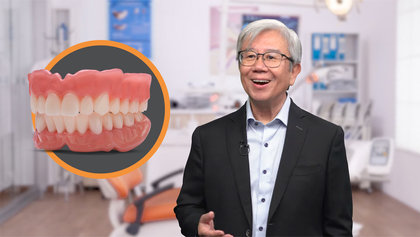Obstructive sleep apnea is a different condition with much higher stakes for the patient. From a physiological perspective, the complete obstruction of the airway sets in motion several physical and neurological mechanisms that impact long-term health and quality of life.
A specially trained physician is required for the diagnosis and medical management of OSA. In most cases, the physician will order a home or in-lab sleep study to establish the presence and severity of OSA.
When the patient’s airway is obstructed, no air is reaching the lungs. Oxygen levels in the bloodstream drop and carbon dioxide levels increase. This condition awakens the patient’s brain enough that the airway patency returns, and the patient takes a few breaths and falls asleep until the cycle starts again. The awakening that occurs to open the airway happens repeatedly throughout the night. In some cases, OSA is so severe that the patient appears to be unable to sleep and breathe at the same time.
The net result of this constant sleep disruption is that patients with OSA often complain of insomnia, daytime sleepiness and fatigue. Chronic sleep disruption is associated with quality-of-life issues, such as poor memory, disturbed concentration and mood changes.
The most dramatic physical consequences of OSA are the dramatic rise in systemic blood pressure and heart rate during an apnea episode. Prolonged and untreated OSA patients may be at a 42% increased risk of developing high blood pressure, even if all other symptoms appear normal.
The dental treatment for OSA is like the treatment for snoring: The device is essentially the same, while physical patient records are taken with either traditional impressions or a digital scan for the patient’s upper and lower dentition. Glidewell fabricates a Silent Nite sleep device using these patient-specific models, and the dentist delivers the appliance in the dental office.
Although patients often report that the appliance takes a little getting used to, many patients can wear the appliance all night from the first night of treatment. This is particularly true of OSA patients who have a profound sleep debt. These patients fall asleep very quickly and often report that they have never slept better. A follow-up sleep study is required to assess treatment success.
As patients habituate to the sleep appliance, muscles and ligaments often begin to relax. While they get accustomed to the new jaw position, snoring and sleep apnea can begin to return. Patients often begin to report returned symptoms like gasping while awakening or sleepiness. MAD appliances are adjustable for this reason. By changing the length of the connectors on the Silent Nite appliance, for example, it is possible to advance the jaw by up to 6 mm to open the airway.








